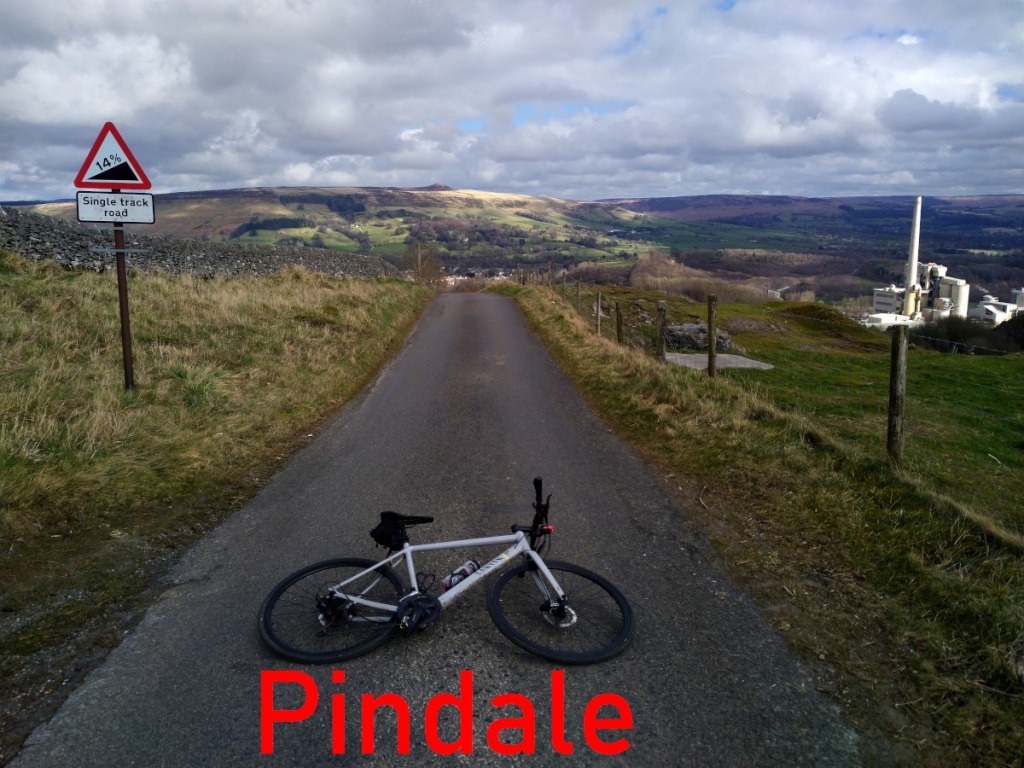- Langsett Avenue
- Length: 0.43 miles
- Avg gradient: 9.1%
- Peak gradient: 14.6%
- Difficulty: 3/5
- Likelihood of encountering unpleasant motor-vehicles: 2/5
- Elevation gain: 207ft
- Strava

Is 20 the gradient or the speed limit?

Middlewood Road, which you need to turn off to join Langsett Avenue, is horrible. Cars go far too fast and a the road is caked in tram tracks a bit further on. While the traffic might be slower and the trams non-existent, Langsett Avenue is still an arse of a hill.

Whichever direction you approach from, you’ll probably not be carrying much speed into the start of the climb, which is harsh because the opening is the steepest section. There is a big ‘20’ painted on the surface, which could be for the speed limit or just telling you what the gradient feels like at this point.

To be fair, the road doesn’t actually get as steep as 20%, instead the gradient floats around the 14% mark until you pass Don Avenue, at which point it eases off slightly, down to around 9-10%. You will notice the difference but it’s still a bit of a slog.

As you pass each side road, the hill feels progressively less challenging and by the time you’ve reached Airdale Road it’s down to 4%. With only 0.1 miles to go, you’re greeted with a brief 12% ramp before the segment finally ends at the junction.

However, for the fullest Langsett Avenue experience, cross over Worrall Road and add the 12.5% Well Lane to the end of the climb. Icing on the cake.













































